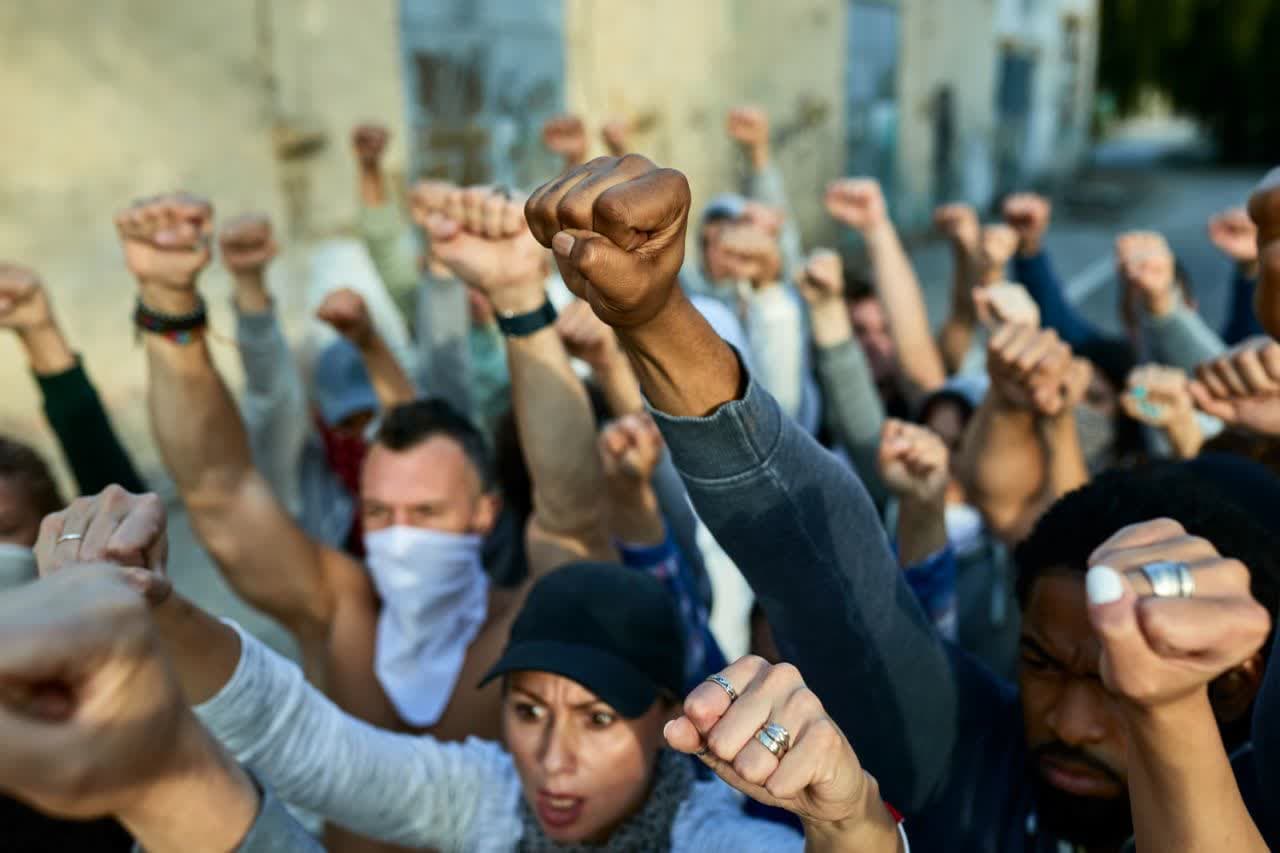Introduction:
In the realm of social psychology, few phenomena are as intriguing and perplexing as mob mentality. From riots and protests to online mobs and social media outrage, the collective behavior of groups has captured the attention of psychologists, sociologists, and observers alike. In this article, we delve into the psychology behind mob mentality, exploring its underlying mechanisms, historical examples, and contemporary manifestations.
Understanding Mob Mentality:
At its core, mob mentality is characterized by a shift from individual rationality to collective chaos. When individuals become part of a group, they often experience a loss of personal identity and accountability, leading to a heightened susceptibility to peer pressure and conformity. Psychologists attribute this phenomenon to various psychological mechanisms, including deindividuation, diffusion of responsibility, and social identity theory. In the heat of the moment, individuals may abandon their own rational judgment and moral compass in favor of conforming to the perceived norms and behaviors of the group.
Factors Contributing to Mob Mentality:
Several factors contribute to the emergence of mob behavior. Anonymity, whether in a large crowd or online, can reduce feelings of personal accountability and embolden individuals to engage in reckless or destructive behavior. Social influence, group cohesion, and perceived threat also play significant roles in shaping the intensity and direction of mob behavior. Moreover, situational factors such as crowd size, emotional arousal, and the presence of authority figures can further exacerbate mob mentality.
Historical and Contemporary Examples:
Throughout history, numerous examples of mob mentality have left an indelible mark on society. From the Salem witch trials and the French Revolution to civil rights movements and political rallies, mob behavior has shaped the course of events and influenced the collective consciousness. In modern times, the rise of social media has provided a new platform for the expression of mob mentality, with online mobs capable of inciting rapid and widespread outrage over perceived injustices or controversies.
Consequences and Impact:
While mob behavior may offer a sense of solidarity and empowerment to participants, it often comes at a cost. The consequences of mob mentality can be severe, ranging from violence and destruction of property to harm against individuals and communities. Moreover, the psychological toll on individuals involved in mob actions, such as feelings of guilt, regret, and shame, can have long-lasting effects on mental health and well-being.
Increasing Awareness in Public
Improving awareness in the public requires a multifaceted approach that involves education, communication, and community engagement. Firstly, investing in comprehensive educational programs aimed at increasing awareness about critical issues is essential. This includes incorporating relevant topics into school curricula, organizing workshops and seminars, and leveraging digital platforms to disseminate information effectively. By empowering individuals with knowledge and understanding, we can foster a more informed and engaged society.
Secondly, effective communication strategies play a pivotal role in raising awareness among the public. Utilizing various channels such as social media, traditional media outlets, and community events can help amplify important messages and reach diverse audiences. Employing clear and compelling messaging, storytelling, and visual aids can enhance the impact of awareness campaigns and resonate with people on a personal level. Moreover, fostering open dialogue and encouraging active participation can facilitate meaningful conversations and encourage individuals to take action.
Lastly, community engagement initiatives are crucial for building a sense of collective responsibility and driving positive change. Collaborating with local organizations, grassroots movements, and community leaders can leverage existing networks and resources to address specific issues and mobilize support. By empowering communities to identify their needs, set priorities, and implement solutions, we can foster a culture of proactive citizenship and create sustainable impact. Ultimately, by combining education, communication, and community engagement, we can work towards building a more aware, compassionate, and resilient society.
Conclusion:
In conclusion, mob mentality represents a complex interplay of psychological, social, and situational factors. By understanding the underlying mechanisms and consequences of collective behavior, we can work towards mitigating its negative impacts on society and promoting empathy, critical thinking, and responsible citizenship. As individuals, it is imperative that we remain vigilant against the allure of mob mentality and strive to uphold our principles of rationality, empathy, and ethical conduct, even in the face of group pressure.

